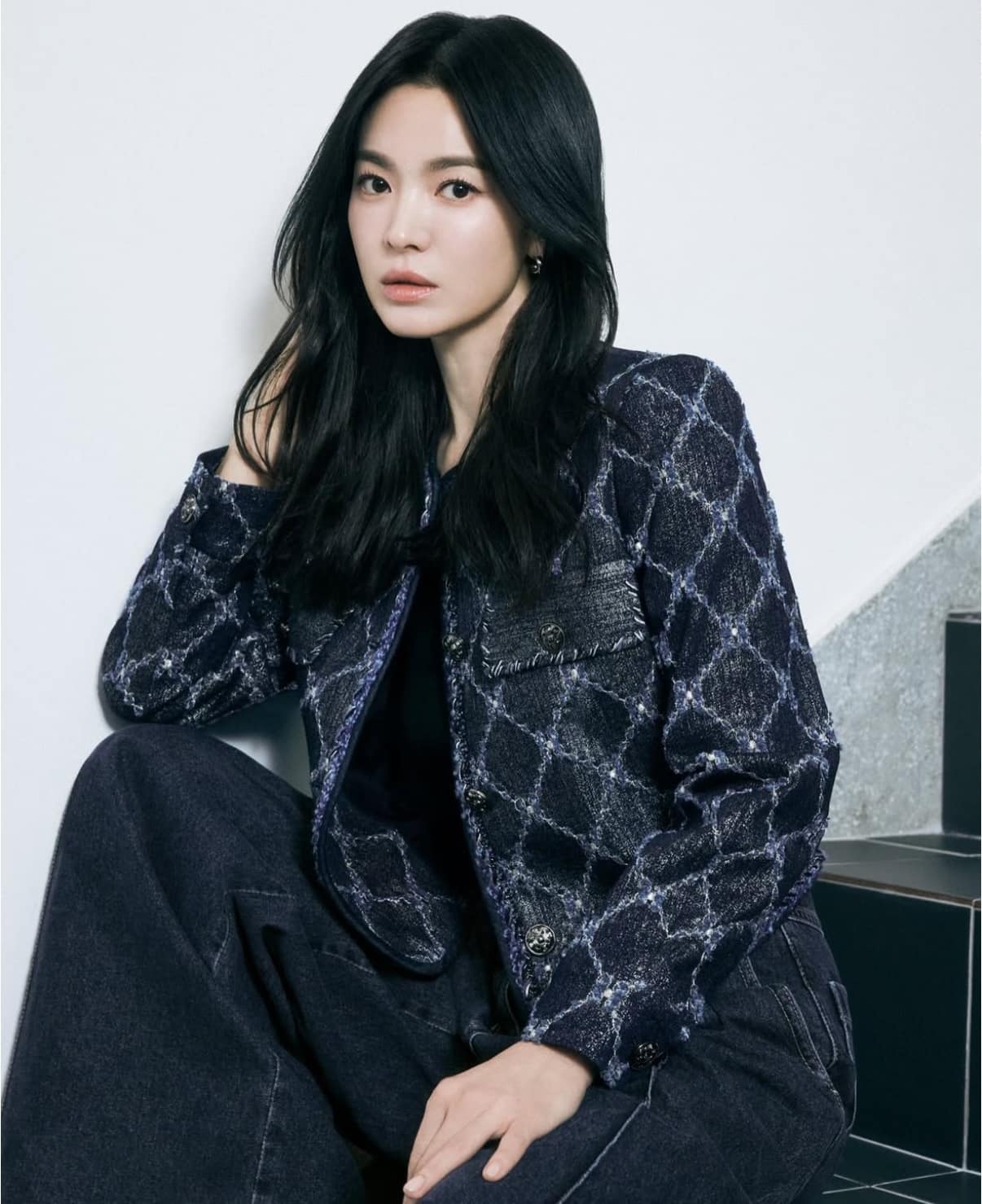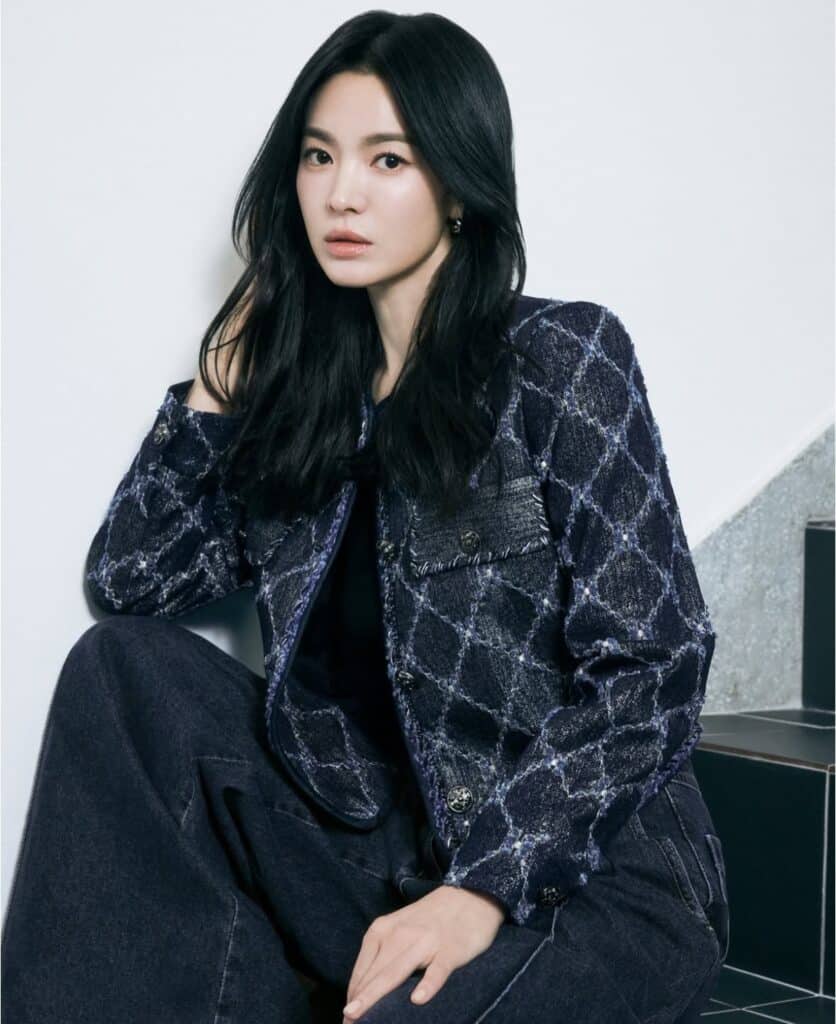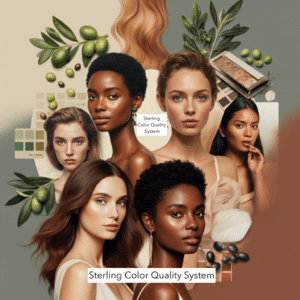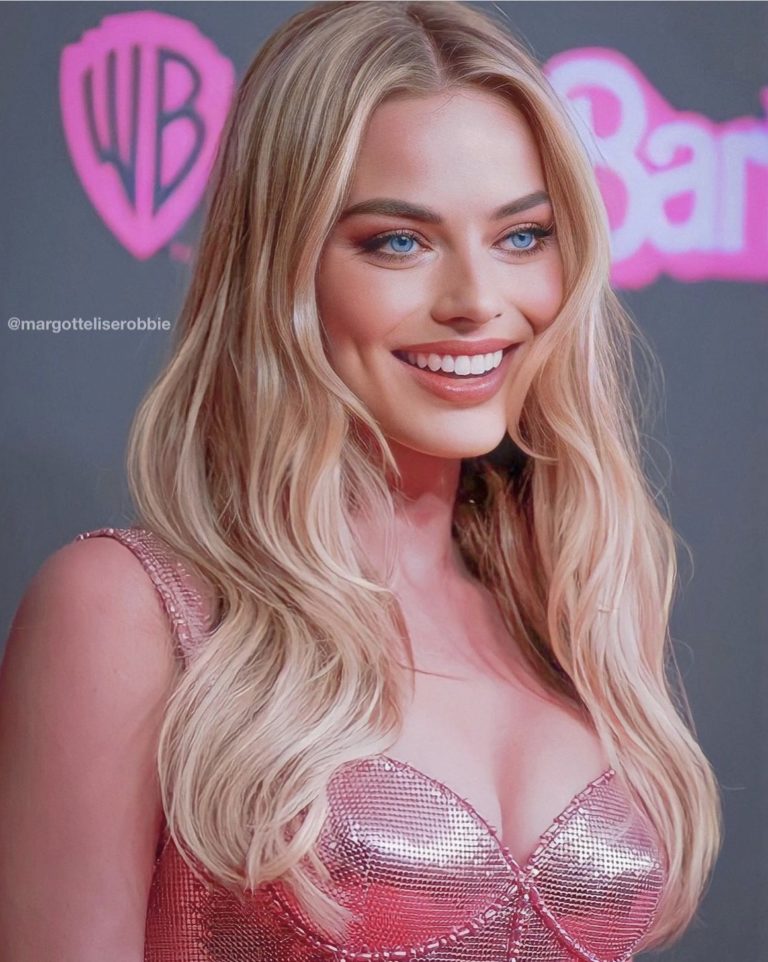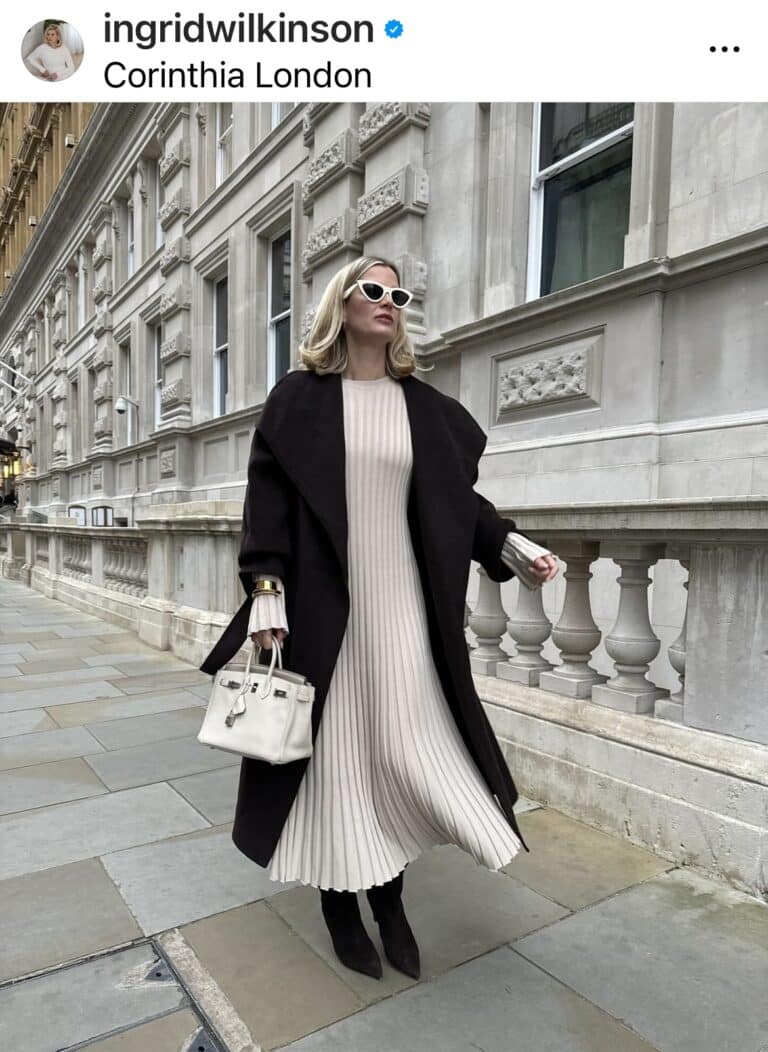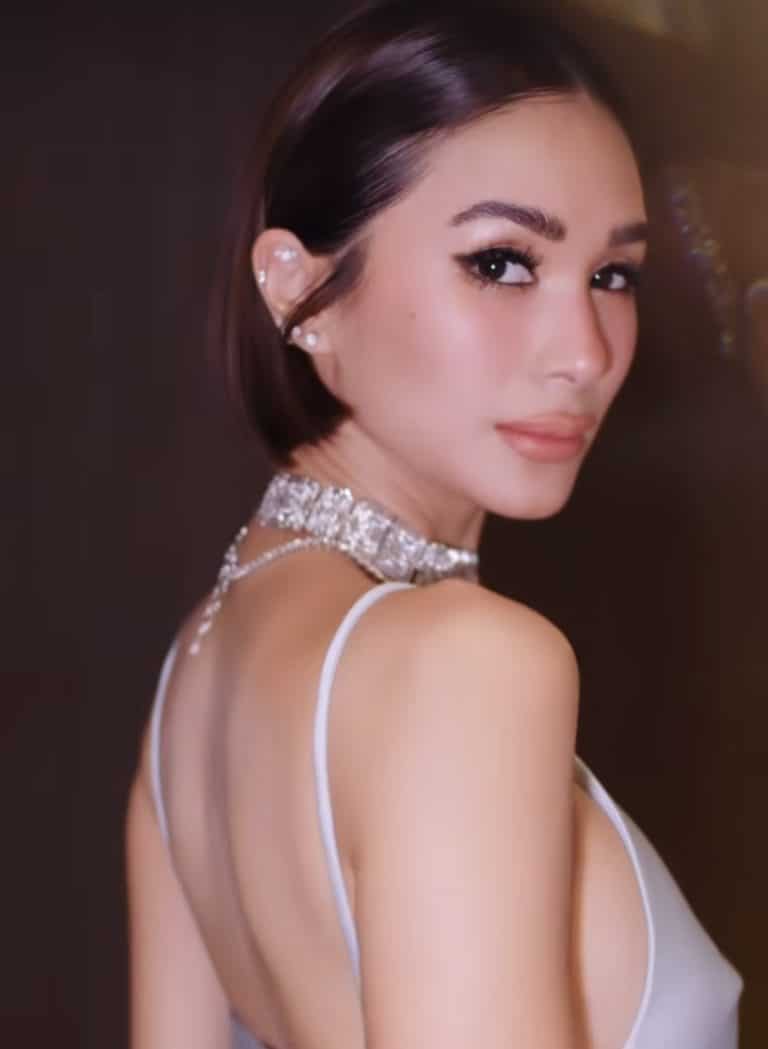Decoding Winter Color Palettes: True Winter, Bright Winter, and Deep Winter
Choosing the ideal colors to complement your natural beauty can feel overwhelming, especially when seasonal color analysis enters the mix. If you’ve heard terms like “True Winter,” “Bright Winter,” and “Deep Winter” but struggle to determine which winter type you align with, you’re not alone. These three winter palettes hold subtle yet important distinctions that can dramatically impact your wardrobe and personal style. This guide will help you decode each winter type, identify traits, and avoid common miscategorizations.
What is Seasonal Color Analysis?
Seasonal color analysis is a framework for understanding how specific colors harmonize with an individual’s skin tone, hair color, and eye color. It divides individuals into four seasonal categories—Winter, Spring, Summer, and Autumn—each further refined into unique subsets like True Winter, Bright Winter, and Deep Winter. The goal? To guide individuals toward colors that enhance their natural beauty, brighten their features, and create an overall polished appearance.
Winter palettes share characteristics like cool undertones and higher contrast levels, yet each subset offers unique nuances in its depth, intensity, and brightness. Let’s explore what sets True Winter, Bright Winter, and Deep Winter apart.
Understanding the Winter Color Palettes
True Winter
True Winter is the quintessential winter palette. Individuals in this category exhibit striking coolness and high contrast between their features.
True Winter Physical Characteristics:
- Skin Tone: Cool and neutral undertones, often with a porcelain, olive, or deep brown complexion.
- Hair: Dark brown, black, or ash shades.
- Eyes: Bright or icy shades like deep blue, emerald green, or cool brown.
True Winter Best Colors:
True Winter thrives in bold, cool, and crisp hues.
- Primary Colors: Black, white, cool blue, and true red.
- Secondary Colors: Deep green, magenta, and icy pink.
- Accent Colors: Sparkling silver and icy pastel shades.
True Winter benefits from strong, vivid colors that align with their natural coolness. Muted or warm tones like beige, mustard yellow, or cream should be avoided, as they can dull their bright, contrasting features.
Bright Winter
Bright Winter blends the coolness of winter with the vibrant brightness of spring. This category is marked by exceptionally high contrast and clarity.
Bright Winter Physical Characteristics:
- Skin Tone: Slightly cool with high clarity, ranging from porcelain to light beige to medium brown.
- Hair: Dark hair, often with a slightly glossy or vibrant undertone.
- Eyes: Exceptionally bright shades like clear blue, emerald green, or vibrant hazel.
Bright Winter Best Colors:
Bright Winter’s vibrant undertones crave high-clarity, pure colors.
- Primary Colors: Pure white, cool fuchsia, and icy aqua.
- Secondary Colors: Tomato red, teal, and royal purple.
- Accent Colors: Neon pinks, crisp yellows, and bright metallics.
Bright Winter colors bring energy and illumination, making dull, dusty hues like taupe or muted chestnut unsuitable.
Deep Winter
Deep Winter incorporates winter’s cool undertones with autumn’s depth and richness. Its palette is characterized by greater darkness and muted intensity.
Deep Winter Physical Characteristics:
- Skin Tone: Cool undertones, with variations from light olive to deep brown.
- Hair: Dark brown or black, often with minimal variation.
- Eyes: Dark and rich, like black-brown, deep hazel, or deep green.
Deep Winter Best Colors:
Deep Winter benefits from rich, dark, and cool shades.
- Primary Colors: Charcoal gray, dark navy, and burgundy.
- Secondary Colors: Forest green, aubergine, and sapphire blue.
- Accent Colors: Gunmetal gray and emerald green.
Avoid pale, pastel tones or excessive brightness, as these can lose impact against Deep Winter’s striking features.
Comparison Guide: True Winter, Bright Winter, and Deep Winter
True Winter, Bright Winter, and Deep Winter are terms used in the seasonal color analysis system, which helps individuals determine which colors are most flattering based on their natural coloring. Here’s a brief overview of each:
- True Winter: This palette is characterized by cool, clear, and high-contrast colors. True Winter individuals typically have a high contrast between their hair, skin, and eye colors. The colors in this palette are pure and icy, with no warm undertones. Think of colors like stark white, black, and jewel tones like emerald green and royal blue.
- Bright Winter: This palette combines the coolness of winter with the brightness of spring. Bright Winter colors are clear, vivid, and high in contrast, but they also have a hint of warmth compared to True Winter. This palette includes bright, bold colors like fuchsia, bright turquoise, and icy lemon.
- Deep Winter: Also known as Dark Winter, this palette features deep, rich, and cool colors. It combines the depth of autumn with the coolness of winter. Deep Winter individuals often have dark hair and eyes with a cool undertone. The colors in this palette include deep burgundy, dark teal, and charcoal gray.
Each of these palettes is designed to complement specific natural colorings, enhancing an individual’s overall appearance by harmonizing with their natural tones.
Below is a detailed comparison of True Winter, Bright Winter, and Deep Winter, including their key characteristics and suitable colors.
| Aspect | True Winter | Bright Winter | Deep Winter |
|---|---|---|---|
| Color Palette | Cool, clear, and high-contrast colors. | Cool, vivid, and bright, with a slight touch of warmth. | Cool, deep, and rich colors. |
| Skin Tone | Cool undertones, can range from fair to deep. | Cool undertones, typically fair to medium with bright clarity. | Cool undertones, often medium to dark. |
| Hair Color | Dark and cool (e.g., jet black, dark brown, ash tones). | Dark with brightness or contrast (e.g., black, medium cool brown, platinum). | Dark and rich (e.g., black, dark espresso brown). |
| Eye Color | Bright and intense (e.g., icy blue, dark brown, emerald green). | Bright and sparkling (e.g., light to medium icy blue, green, or topaz). | Deep and dramatic (e.g., dark brown, deep teal, hazel). |
| Suitable Colors | Icy white, black, royal blue, emerald green, fuchsia. | Bright teal, icy lemon, fuchsia, turquoise, bright red. | Deep burgundy, charcoal gray, forest green, navy blue. |
| Contrast | High contrast between hair, skin, and eyes. | Very high contrast with brightness dominating. | High contrast, but with depth and richness. |
| Best Neutrals | Stark white, black, cool grays. | Crisp white, cool beige, soft grays. | Charcoal gray, black, dark navy. |
The table summarizes the unique traits of each Winter subcategory, making it easy to see how their color needs and natural features differ. Accurate identification can help you enhance your look by incorporating the right palette into clothing, accessories, and makeup.
Comparison Chart of Colors for True Winter, Bright Winter, and Deep Winter
| Winter Type | Key Traits | Best Neutral Colors | Best Accent Colors | Avoid Colors |
|---|---|---|---|---|
| True Winter | Cool, clear, and high-contrast | Black, icy white, cool gray | Royal blue, emerald green, magenta | Warm earthy tones (e.g., beige, brown) |
| Bright Winter | Cool, vivid, and slightly warm | Soft white, charcoal, light silver | Bright teal, fuchsia, turquoise | Muted or overly deep tones |
| Deep Winter | Cool, deep, and rich | Charcoal gray, navy blue, black | Deep burgundy, forest green, sapphire blue | Light pastel shades |
Key Highlights:
- True Winter is defined by striking contrasts and icy tones, favoring clear and sharp colors.
- Bright Winter shines with vivid, slightly warmer colors that have a bold and lively energy.
- Deep Winter emphasizes richness and depth, with strong and dramatic hues dominating its palette.
This chart helps distinguish the unique color needs of each Winter subtype for a more tailored wardrobe.
Color Palettes for True Winter, Bright Winter, Deep Winter
True Winter Color Palette
Cool, clear, and high-contrast colors that emphasize icy and striking tones.
- Icy White
- Black
- Royal Blue
- Emerald Green
- Crimson Red
Bright Winter Color Palette
Cool, vivid, and slightly warm colors with a lively energy.
- Bright Teal
- Fuchsia
- Turquoise
- Lemon Yellow
- Hot Pink
Deep Winter Color Palette
Cool, deep, and rich colors that accentuate intensity and drama.
- Deep Burgundy
- Charcoal Gray
- Navy Blue
- Forest Green
- Plum Purple
Use these palettes as a guide for clothing, accessories, and makeup to complement your Winter subtype’s unique features.
How to Incorporate Winter Palette Colors into Your Wardrobe and Makeup
Clothing:
- Invest in wardrobe staples that align with your palette. For example:
- True Winter: A little black dress or bright red blazer.
- Bright Winter: A crisp white shirt or fuchsia scarf.
- Deep Winter: A navy coat or burgundy sweater.
- Use accent colors for accessories like belts, scarves, or handbags.
Makeup:
To enhance your features, align your makeup hues with your seasonal palette:
- True Winter: Look for icy pink blushes, deep berry lipsticks, and cool-toned eyeshadows.
- Bright Winter: Opt for vibrant lipsticks like strawberry red or fuchsia, and high-contrast eyeliner.
- Deep Winter: Choose rich plum lipsticks, smoky gray eyeshadows, and dark eyeliner.
Patterns & Textures:
Winters generally thrive in clean, sharp patterns. Opt for high-contrast prints, including stripes, houndstooth, or color-blocking designs in your palette.
Outfit Suggestions for True Winter, Bright Winter, Deep Winter
True Winter
Cool, clear, and high-contrast colors like icy white, black, and royal blue.
- Outfit Idea 1:
- Clothing: A fitted icy white blouse tucked into a royal blue pencil skirt.
- Outerwear: Black structured blazer.
- Shoes: Black patent leather pumps.
- Accessories: Emerald green statement necklace and a matching clutch.
- Detail Highlight: The stark contrast of icy white and royal blue enhances the high-contrast nature of True Winter.
- Outfit Idea 2:
- Clothing: A black turtleneck midi dress cinched with a silver belt.
- Outerwear: A tailored, cool gray wool coat.
- Shoes: Pointed-toe silver stilettos.
- Accessories: Icy white scarf and diamond stud earrings for a polished, crisp look.
- Suggested For: Showcasing the clean lines and classic contrasts typical of this palette.
Bright Winter
Cool, vivid, and slightly warm colors like bright teal, turquoise, and fuchsia.
- Outfit Idea 1:
- Clothing: A bright teal wrap dress paired with a soft white camisole underneath.
- Outerwear: A fuchsia tailored cropped jacket.
- Shoes: White ankle boots with a glossy finish.
- Accessories: A turquoise tote bag and silver hoop earrings to balance the vibrant tones.
- Perfect For: Reflecting the vivid and colorful personality of Bright Winter.
- Outfit Idea 2:
- Clothing: A crisp white blouse paired with bright pink culottes.
- Shoes: Color-blocked sandals in shades of turquoise and white.
- Accessories: A bold teal necklace and a pink satin headband.
- Styling Note: The bright and cheerful color combination highlights the luminosity of Bright Winter.
Deep Winter
Cool, deep, and rich colors like deep burgundy, charcoal gray, and navy blue.
- Outfit Idea 1:
- Clothing: A deep burgundy knit sweater with charcoal wide-leg trousers.
- Outerwear: A dark navy trench coat.
- Shoes: Black leather ankle boots.
- Accessories: A dark silver cuff bracelet and a velvet burgundy handbag.
- Great For: Enhancing the depth and richness of the color palette while adding texture.
- Outfit Idea 2:
- Clothing: A navy blue A-line dress with a black leather belt.
- Outerwear: Charcoal gray cape coat with button details.
- Shoes: Black knee-high suede boots.
- Accessories: A forest green scarf and dark metallic drop earrings for an effortless, dramatic look.
- Why It Works: The deep hues create a sophisticated, elegant vibe perfect for Deep Winter.
These outfits are designed to highlight the unique attributes of each Winter type. By adhering to their respective color palettes and contrast levels, the looks enhance natural beauty and create a harmonious style.
Common Miscategorizations Between the Winters
Overlap Between True Winter and Deep Winter:
- Mistake: Confusing True Winter’s cool crispness with the darker, slightly muted tones of Deep Winter.
- Solution: Focus on contrast intensity—True Winter displays bright contrast, while Deep Winter skews darker and richer.
Bright Winter and True Winter:
- Mistake: Misinterpreting vibrant Bright Winter for True Winter.
- Solution: Bright Winter requires purer, vivid hues with a touch of spring’s brilliance, while True Winter sticks strictly to cool tones without warmth.
Bright Winter and Spring Tones:
- Mistake: Mistaking Bright Winter’s clarity and brightness for the warm tones of Spring.
- Solution: Test how the skin reacts to warm shades—Bright Winter leans cool, even with vivid hues.
Takeaway:
The key to avoiding misclassification lies in carefully observing undertones, contrast levels, and the interplay of brightness with depth.
Unlock the Power of Seasonal Color Analysis
Seasonal color analysis is less about rigid rules and more about enhancing your natural beauty with the right color choices. Whether you’re a True Winter, Bright Winter, or Deep Winter, the goal is to create harmony between you and your wardrobe.
The Ultimate Guide to True Winter, Bright Winter, and Deep Winter
The Winter seasonal analysis offers a stunning array of color palettes that can make your features pop. Among the Winter subtypes are True Winter, Bright Winter, and Deep Winter. Each type is unique, with specific traits that influence color choices, makeup, and styling. This blog will guide you through their characteristics, color palettes, makeup tips, and even celebrity examples to help you identify your seasonal type.
True Winter
True Winter Characteristics
True Winter celebrates cool, clear, and high-contrast colors. It is defined by icy tones and stark contrasts that harmonize with your natural features. A True Winter color analysis will show that your skin has a cool undertone, often a porcelain or slight olive tone.
True Winter Colors
The True Winter color palette includes striking hues like icy white, black, royal blue, emerald green, and crimson red. These colors provide the high contrast that mirrors True Winter’s natural beauty.
True Winter Hair Color
True Winter hair colors are cool and striking. Think jet black, cool dark brown, or deep ashy hues with no warm undertones. Avoid golden or brassy highlights that clash with cool features.
True Winter Makeup Tips
- Eyes: Go bold with black or charcoal eyeliner and silver or cool blue eyeshadows.
- Lips: Stick to crisp reds or magentas with cool undertones.
- Blush: Cool pinks or soft berry tones add a natural flush.
True Winter makeup thrives on clean lines, bold colors, and avoiding anything too soft or warm.
True Winter Celebrities
True Winter celebrities include stars with naturally high-contrast features, like Courtney Cox, Megan Fox, or Lucy Liu, who shine in sharply defined palettes.
Bright Winter
Bright Winter Characteristics
Bright Winters are vibrant, with a lively energy that blends a cool undertone with brief warm notes. The Bright Winter palette is vivid and clear, mimicking jewel tones and springlike brightness.
Bright Winter Color Palette
Colors like bright teal, fuchsia, turquoise, lemon yellow, and hot pink define the Bright Winter colour palette. The clarity and brightness bring out their striking features.
Bright Winter Hair Color
Bright Winter hair colors are bold and clear, often ranging from cool dark chocolate brown to bright icy blonde. They can handle high contrast, and vibrant highlights such as light silver or platinum can work well.
Bright Winter Makeup Tips
- Eyes: Shimmering teal or purple eyeshadows enhance Bright Winter eyes.
- Lips: Opt for raspberry, bright pink, or cherry red shades.
- Blush: Light coral or radiant pink works best to complement the vibrancy.
Bright Winter makeup is all about crisp, vivid looks that feel alive and fresh.
Bright Winter Celebrities
Famous Bright Winter celebrities include Zooey Deschanel, Rachel McAdams, and Katy Perry, who rock bright outfits and playful makeup.
Deep Winter
Deep Winter Characteristics
Deep Winter, also known as Dark Winter, is cool, rich, and intense. It bridges the depth of Autumn and the coolness of Winter. The Deep Winter undertone is distinctly cool, with a dramatic essence.
Deep Winter Color Palette
The Deep Winter palette is filled with rich, intense hues like deep burgundy, charcoal gray, navy blue, forest green, and plum purple. These colors enhance the depth of Deep Winter features.
Deep Winter Hair Color
Deep Winter hair colors include rich black, deep espresso, or very dark browns without any hint of warmth. Ash or cool highlights can work well to add dimension.
Deep Winter Makeup Tips
- Eyes: Deep jewel tones like emerald or sapphire for eyeshadow pair beautifully with black eyeliner.
- Lips: Opt for deep berry, burgundy, or wine-red hues.
- Blush: A cool rose or plum shade creates the perfect drama.
Deep Winter makeup is all about enhancing the richness and intensity of natural features.
Deep Winter Celebrities
Deep Winter celebrities include dramatic beauties like Anne Hathaway, Eva Longoria, and Kim Kardashian, whose rich looks suit the deep color palette.
How to Identify Your Winter Type
The best way to determine whether you’re a True Winter, Bright Winter, or Deep Winter is through a color analysis. Here are some tips to get started:
- Look at your undertones. Are they icy and cool? Observe how your skin reacts to silver versus gold.
- Check your natural hair and eyes. Darker, cooler, or bolder colors often indicate a Winter classification.
- Test colors. Place garments or color palettes in True Winter colors, Bright Winter palettes, and Deep Winter hues near your face. Note which tones make your features stand out.
Styling Tips for Winter Types
- True Winter: Stick to icy bases and bold contrast. Choose sleek, minimal outfits with striking color accents.
- Bright Winter: Vibrant accessories like scarves or statement earrings can enhance your look. Keep outfits playful and fresh.
- Deep Winter: Opt for structured outfits in rich, dramatic hues. Focus on layering cool, deep shades for extra intensity.
From understanding your True Winter makeup essentials to playing with the Bright Winter colour palette or mastering the art of Deep Winter makeup, these tips will help you bring out your inner Winter beauty in clothing, makeup, and styling!
If you’re still feeling unsure about your seasonal color palette or find the process confusing, it’s time to simplify the journey. The Sterling Color Quality Method is a game-changer for understanding and mastering color analysis. This beginner-friendly method equips you with the tools to confidently analyze and categorize with accuracy—no overwhelm, just actionable clarity.
Don’t wait any longer to uncover your true colors. Learn more here and revolutionize your approach to personal style with expert guidance that works every time!



